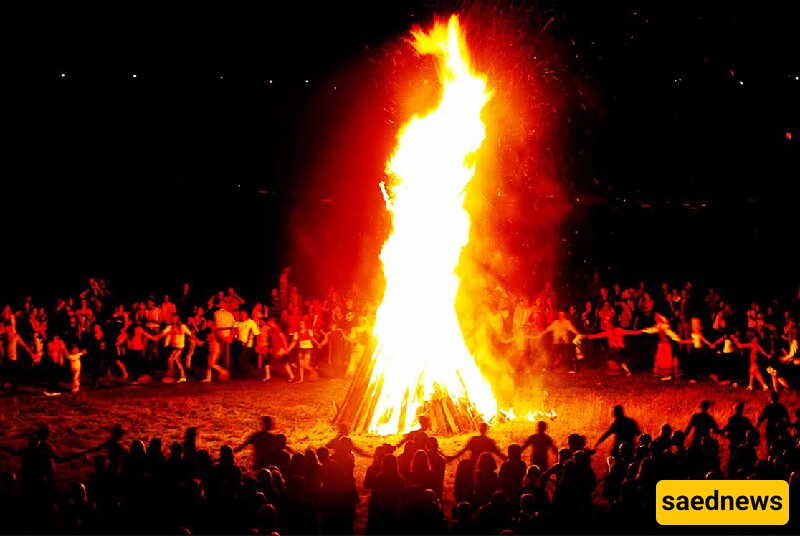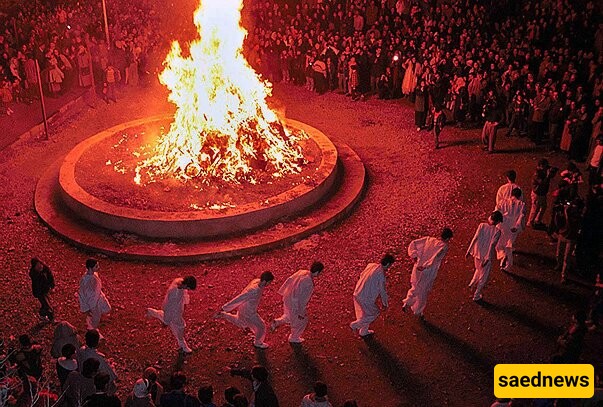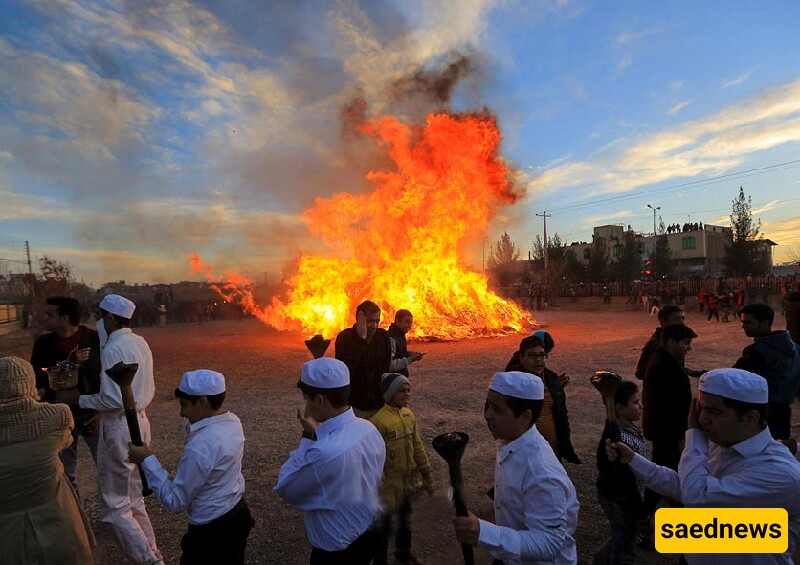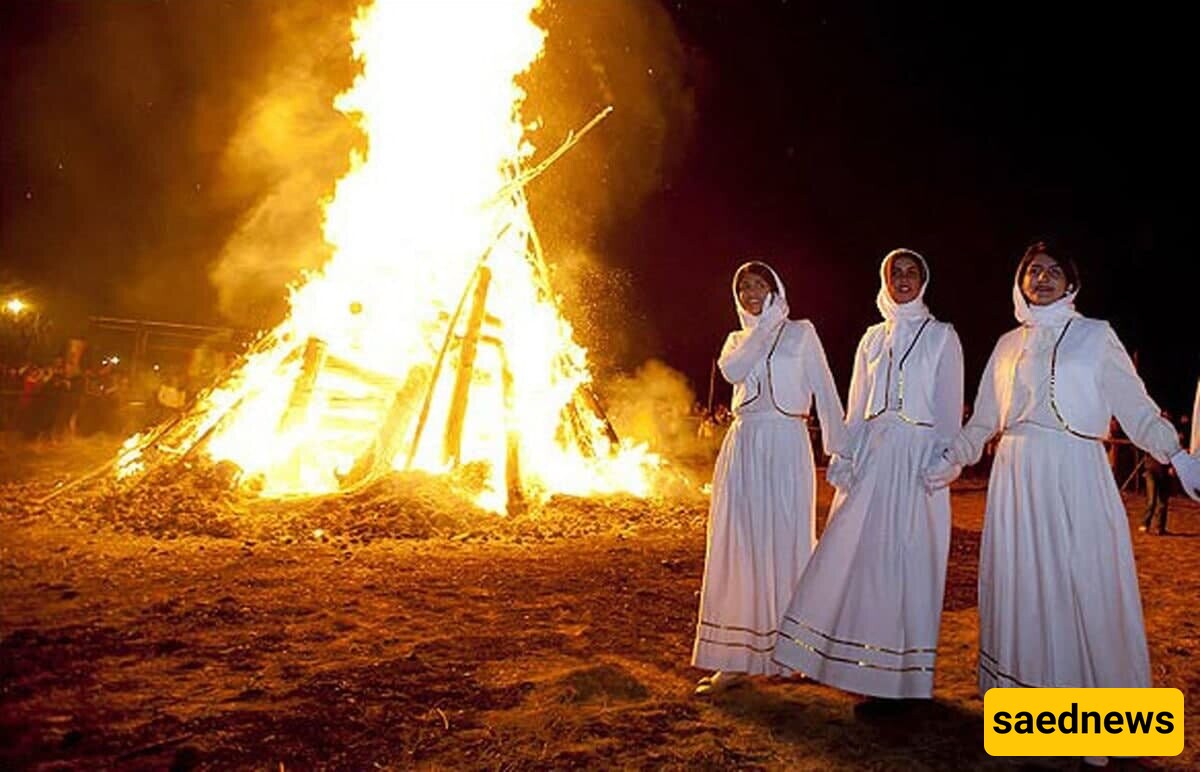SAEDNEWS: The Sadeh Festival is one of Iran’s oldest cultural celebrations. It honors fire as a sacred element of light and survival, and unites communities in a vibrant display of history, rituals, and shared values. It is rooted in Zoroastrian traditions.

According to SAEDNEWS, the Sadeh Festival is an ancient Zoroastrian event that takes place 50 days before Nowruz, the Persian New Year. It highlights humanity's relationship with fire and its enduring role in survival, symbolizing the victory of light over darkness. Sadeh connects modern Iranians with their deep historical and cultural roots as it is one of Iran’s most cherished traditions.
The term “Sadeh,” meaning “hundred” in Persian, marks the 100 days leading to the end of winter. It celebrates humanity’s discovery of fire—a tool that brought warmth, safety, and progress. Originating during the Achaemenid Empire, Sadeh reflects Zoroastrian reverence for fire as a symbol of purity and divine wisdom. According to Persian legend, Sadeh commemorates the discovery of fire by King Hushang, a mythical figure in the Pishdadian dynasty. As the story goes, Hushang accidentally created fire by striking rocks together, an event considered a divine revelation. This act transformed human survival, protecting people from the cold and wild animals.
A massive bonfire is the centerpiece of Sadeh celebrations as families and communities gather to light the fire. This represents purity, renewal, and the eternal triumph of light over darkness. Prayers are recited around the flames, asking for blessings and prosperity in the year ahead. Sadeh is as much about community as it is about fire. Traditional foods are shared among neighbors and the underprivileged, embodying generosity and unity. This emphasis on mutual support reflects the Zoroastrian value of kindness and collective well-being. Participants contribute wood, herbs, and incense to fuel the fire, expressing gratitude for nature’s gifts. Ancient Zoroastrian prayers are chanted, invoking Ahura Mazda, the supreme god, and seeking protection and abundance for the coming months.


Sadeh continues to thrive, especially in Yazd and Kerman, where Zoroastrian communities are concentrated though Zoroastrianism is practiced by a minority in Iran. The festival also attracts interest from non-Zoroastrians, who appreciate its historical and cultural value. In recent years, efforts to preserve Sadeh have increased, with public celebrations, educational programs, and media coverage shining a spotlight on this ancient tradition. These initiatives help ensure that the festival remains a vibrant part of Iran’s cultural identity.

Sadeh highlights the human ability to innovate and persevere. The emphasis on fire symbolizes our ancestors’ ingenuity in harnessing natural resources for survival, offering a timeless message of adaptability and strength. Sadeh fosters a sense of unity and cultural pride through shared rituals and acts of generosity. It serves as a reminder of the values that have sustained communities for centuries—cooperation, gratitude, and mutual respect.
The Sadeh Festival continues to captivate Iranians and visitors alike, celebrating fire as a source of warmth and inspiration. Its rituals and stories preserve a rich cultural legacy while promoting universal values of resilience and community. Sadeh remains a powerful testament to Iran’s enduring traditions and shared humanity.

